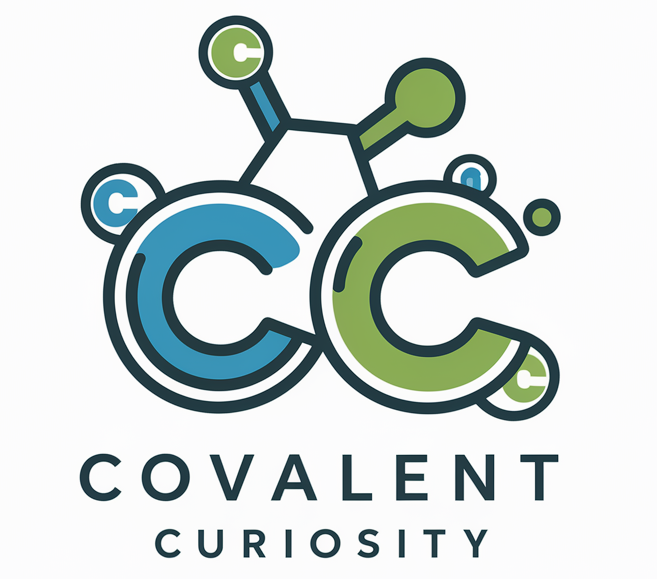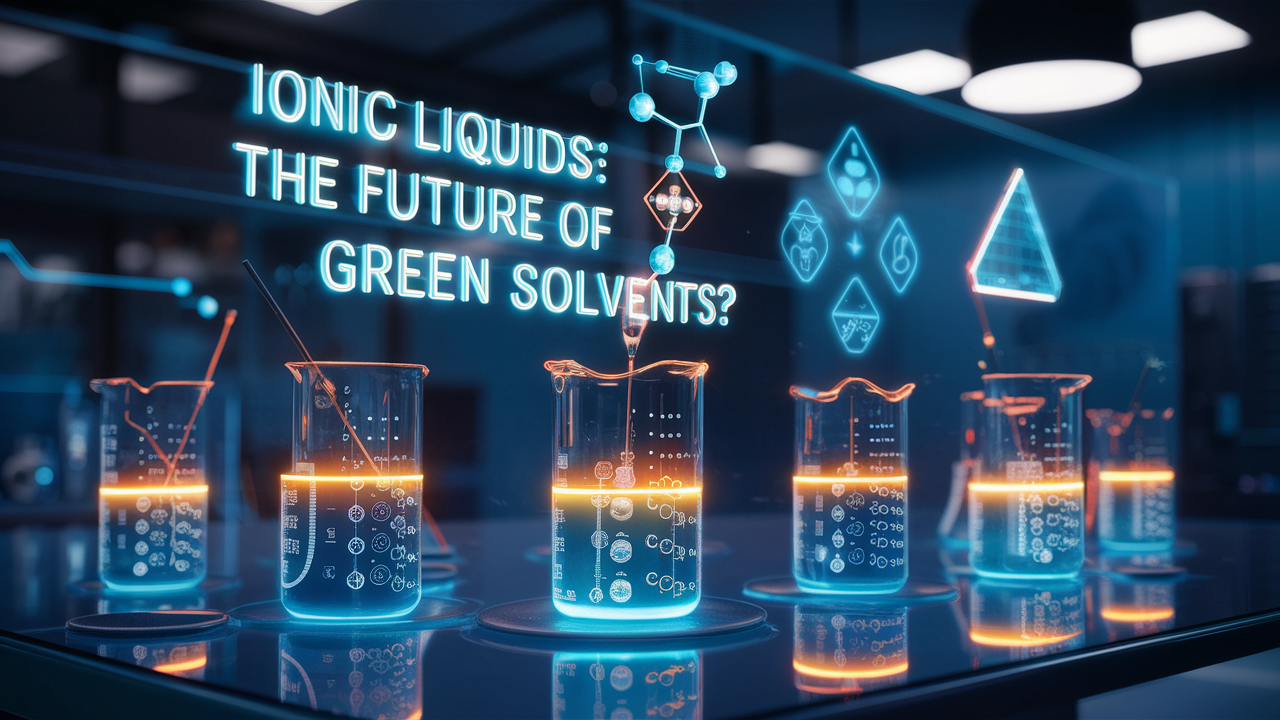Ionic Liquids: The Future of Green Solvents?
In the world of chemistry, a revolution is brewing. Scientists and researchers are turning their attention to a class of compounds that could transform the way we think about solvents: ionic liquids. These unique substances are emerging as potential game-changers in the quest for more environmentally friendly and efficient chemical processes. But what exactly are ionic liquids, and why are they generating such excitement in the scientific community?
What Are Ionic Liquids?
Ionic liquids are salts that remain liquid at room temperature. Unlike traditional salts like table salt (sodium chloride), which are solid at room temperature, ionic liquids consist of large, asymmetrical ions that prevent the formation of a solid crystalline structure. This unique property gives them a wide range of potential solvents, catalysts, and more applications.
Key Properties of Ionic Liquids
- Low vapor pressure
- High thermal stability
- Excellent solvation properties
- Tunable physicochemical properties
- Non-flammability
These properties make ionic liquids particularly attractive as green alternatives to conventional organic solvents.
The Green Solvent Revolution
Traditional organic solvents, while effective, often come with significant environmental and health concerns. They can be volatile, toxic, and contribute to air pollution. In contrast, ionic liquids offer several advantages that align with the principles of green chemistry:
1. Reduced Emissions
Ionic liquids don’t evaporate easily due to their negligible vapor pressure. This characteristic significantly reduces air pollution and worker exposure to harmful fumes.
2. Recyclability
Many ionic liquids can be recycled and reused multiple times, reducing waste and improving process efficiency.
3. Improved Reaction Efficiency
Ionic liquids can enhance the rate and selectivity of chemical reactions, potentially reducing energy consumption and improving yields.
4. Versatility
Researchers can fine-tune the properties of ionic liquids by adjusting their ion combinations, creating “designer solvents” for specific applications.
Applications of Ionic Liquids
The unique properties of ionic liquids make them suitable for a wide range of applications across various industries:
Chemical Synthesis
Ionic liquids serve as excellent reaction media for organic synthesis, catalysis, and biocatalysis. They can improve reaction rates, selectivity, and product yields.
Biomass Processing
Researchers use ionic liquids to dissolve and process cellulose, opening up new possibilities for sustainable materials and biofuels.
Electrochemistry
Ionic liquids’ high ionic conductivity and wide electrochemical window make them promising electrolytes for batteries, fuel cells, and other electrochemical devices.
Separations
Ionic liquids show potential in extracting valuable compounds from complex mixtures, such as removing sulfur from fuels or recovering metals from waste streams.
Pharmaceuticals
The pharmaceutical industry is exploring ionic liquids as solvents for drug synthesis and as potential active pharmaceutical ingredients themselves.
Challenges and Future Outlook
While ionic liquids hold great promise as green solvents, several challenges must be addressed before they can see widespread adoption:
1. Cost
Many ionic liquids are currently more expensive to produce than conventional solvents. Researchers are working on developing more cost-effective synthesis methods.
2. Toxicity
While generally considered less toxic than volatile organic solvents, the long-term environmental impacts of ionic liquids require further study.
3. Scalability
Moving from laboratory-scale experiments to industrial-scale processes presents engineering challenges that researchers are actively working to overcome.
4. Purification
Some ionic liquids can be difficult to purify, which is crucial for certain applications. Developing efficient purification methods is an ongoing area of research.
Success Stories and Ongoing Research
Despite these challenges, ionic liquids are already making their mark in various fields:
- The BASIL™ process, developed by BASF, uses ionic liquids to produce alkoxyphenylphosphines more efficiently than traditional methods.
- Researchers at the University of Notre Dame have developed ionic liquid-based membranes for more energy-efficient gas separations.
- Scientists at the Oak Ridge National Laboratory are using ionic liquids to extract rare earth elements from electronic waste, potentially reducing the environmental impact of electronics recycling.
As research continues, we can expect to see more innovative applications of ionic liquids across various industries.
The Road Ahead: Paving the Way for a Greener Future
Ionic liquids represent a promising step towards more sustainable chemical processes. Their unique properties offer solutions to many of the environmental and efficiency challenges traditional solvents pose. As research progresses and challenges are overcome, we may see ionic liquids playing an increasingly important role in chemistry labs and industrial processes worldwide.
The journey of ionic liquids from laboratory curiosities to potential industrial workhorses illustrates the power of innovative thinking in addressing global sustainability challenges. While there’s still work to be done, the future looks bright for these remarkable compounds as we continue to explore their potential as the green solvents of tomorrow.

